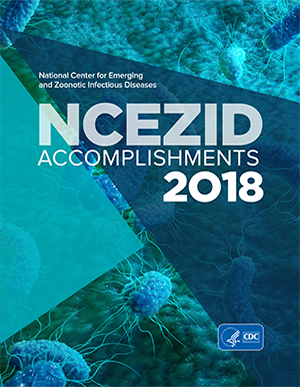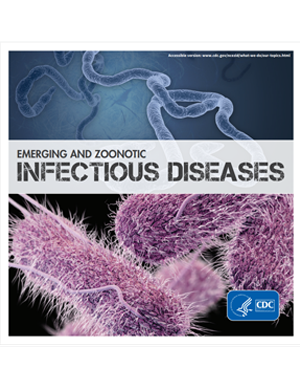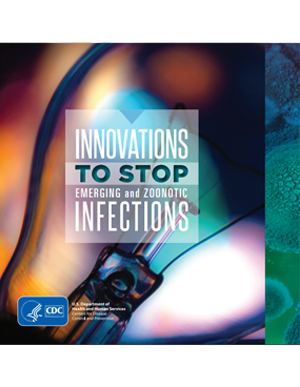NCEZID: Healthcare-Associated Infections

The United States has made significant progress toward our collective goal of eliminating healthcare-associated infections (HAIs), and as a result, healthcare in the US is safer now than it was even 10 years ago. Building upon this success and continuing towards the elimination of HAIs is critical. On any given day, about 1 in 31 hospital patients has at least one healthcare-associated infection (HAI). HAIs are a major, but preventable, threat to patient safety. Preventing HAIs protects patients, including from antibiotic resistance and sepsis.
Modern healthcare uses many types of invasive devices and procedures to treat patients and to help them recover. Infections can be associated with devices used in medical procedures, such as central lines, catheters, or ventilators. Infections can also occur at surgery sites, known as surgical site infections.
What we’re doing
CDC provides national leadership in surveillance, outbreak investigations, laboratory research, and prevention of healthcare-associated infections. CDC uses knowledge gained through these activities to detect infections, and develop new strategies to prevent healthcare-associated infections, including those caused by antibiotic resistance. Public health action by CDC and other healthcare partners has led to improvements in clinical practice, medical procedures, and the ongoing development of evidence-based infection control guidance and prevention successes.
Tracking the prevention of HAIs provides data for action that CDC and our partners can use to improve patient outcomes, save lives, and reduce unnecessary healthcare costs. CDC publishes data reports to help track progress and target areas that need assistance. These data come from two complementary HAI surveillance systems:
- CDC’s National Healthcare Safety Network (NHSN) is the nation’s most widely used HAI tracking system. NHSN receives secure data from more than 21,000 healthcare facilities to track and report information on HAIs. CDC, states, regions, healthcare facilities, and other patient safety organizations use NHSN data to identify areas where action is needed, measure progress of prevention efforts, and ultimately eliminate HAIs. In addition, NHSN allows healthcare facilities to track blood safety errors and important healthcare process measures such as healthcare personnel influenza vaccine status and infection control adherence rates. CDC’s annual National and State Healthcare-Associated Infections Progress Report provides a closer look at the HAIs most commonly reported to CDC’s NHSN.
- CDC’s Emerging Infections Programs (EIP) is a national resource utilized for surveillance, prevention, and control of emerging infectious diseases. The healthcare-associated infections – community interface component of CDC’s EIP engages a network of state health departments and their academic medical center partners to help answer critical questions about emerging HAI threats, advanced infection tracking methods, and antibiotic resistance in the United States. Information gathered through this activity will play a key role in shaping future policies and recommendations targeting HAI prevention.
Data from these systems and others, including the AR Lab Network, helps CDC develop new strategies to prevent and contain HAIs, including:
- Targeted Assessment for Prevention (TAP) strategy, a quality improvement framework to use data for action to prevent HAIs.
- Containment Strategy to improve the capacity in state and local health departments for rapid detection and faster response to outbreaks and emerging resistance related to HAIs to contain and control their spread.
Find more information on accomplishments and innovations in Healthcare-Associated Infections in these publications.


